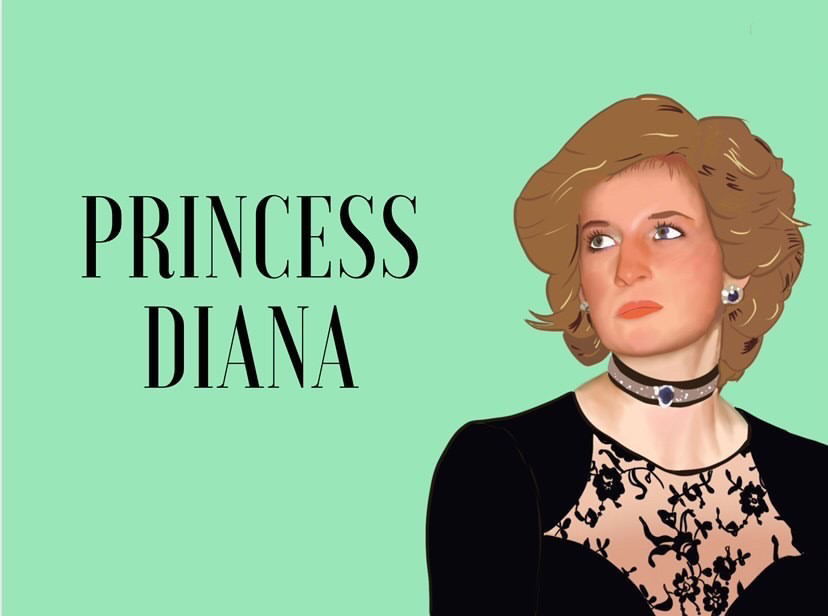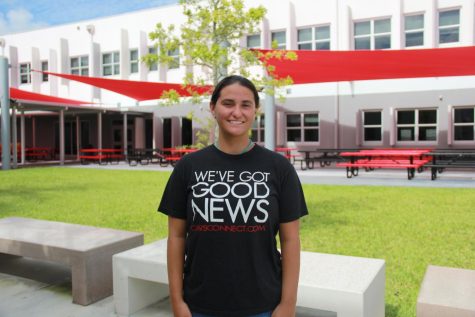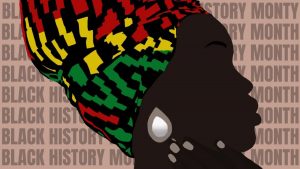A Tribute to the People’s Princess
The tragic loss of Princess Diana shocked the world as we knew it.
Sep 19, 2021
Twenty-four years ago, on Aug. 31, 1997, the world tragically lost Princess Diana to a car crash in Pont de l’Alma tunnel in Paris, France. The princess was raised primarily by her father John Spencer when he won custody of Diana and her siblings when he divorced Frances Shand Kydd, and Diana later became “the Princess of Wales” when she married Prince Charles on July 29, 1981. Her life impacted millions of people across the globe with her charity work in various fields, such as organizations that provided awareness and prevention of Acquired Immune Deficiency Syndrome.
Princess Diana started her journey to charity in 1989, with the AIDS and Human Immunodeficiency Virus treatment center, the Landmark Aids Centre in Tulse Hill, London. As she began her charity through this foundation, she utilized her status through delivered speeches, meeting with important people like President Nelson Mandela, and traveling to South Africa to bring awareness to the AIDS epidemic.
“I would say that princess Diana was a pioneer who risked the anger of the royal family to help others. She was talking about AIDS at a time when it was incredibly taboo and unacceptable, especially for the royal. She would get up close with AIDS and leprosy patients to show that these people shouldn’t be shunned or rejected but should be embraced and helped by society,” junior Allan Kaplan said.
The Plight Against Landmines in 1997 with the Hazardous Area Life-support Organization Trust, brought the princess to work tirelessly against these landmines and those who suffered the consequences of the labor in these places such as children.
Homelessness and poverty are often an issue that young people face due to low income or lack of opportunity. The princess became a patron of Centrepoint in 1992, a charity that supports young people in the United Kingdom that struggle and helped millions of people.
Alongside charity for AIDS prevention centers, Diana felt the need to bring attention to leprosy around 1990 in the Leprosy Mission. The same way she used her position to bring awareness to AIDS and HIV, she also dismissed the myth that touch was a key factor when contracting leprosy.
In one of her many endeavors, the princess was a spokesperson and patron of the Cancer Trust in the Royal Marsden National Honor Society Foundation. She later became the president of the hospital in 1989, and opened the Wolfson Children’s Cancer Unit in 1993.In addition to the research with the NHS, she continued her cancer research by representing the Royal Marsden in 1996.
“Princess Diana continues to set a splendid example for people of what it means to be a philanthropist. Charity is what I think of whenever Princess Diana is brought up. Princess Diana has changed the world through her generosity and humanitarian efforts. The best way to keep her legacy going is to be charitable and kind to everyone without expecting anything in return,” junior James Montejo said.
Consequently, the world fell in love with Princess Diana’s beauty from the inside out and it is no surprise that her death still upsets many till this day. However, one must move on, use her life as an example of how to help others when they are in need and do it with as much love as possible.













